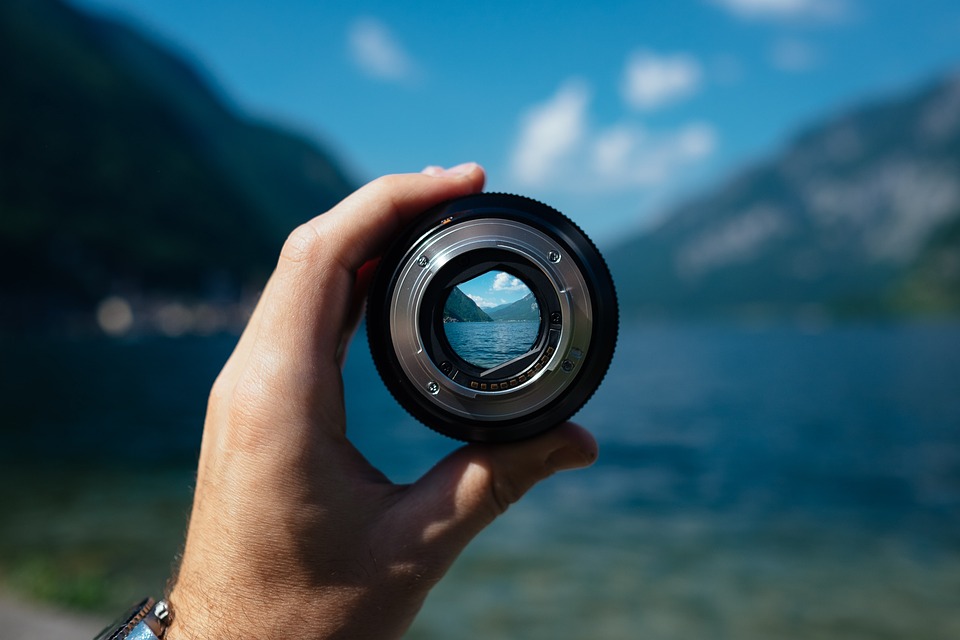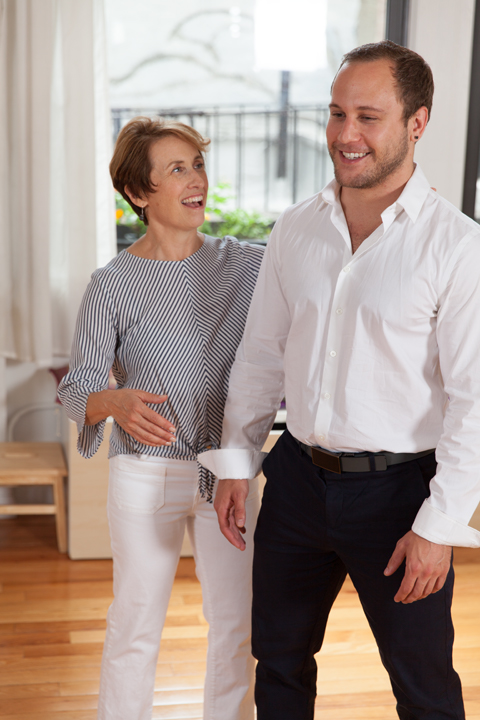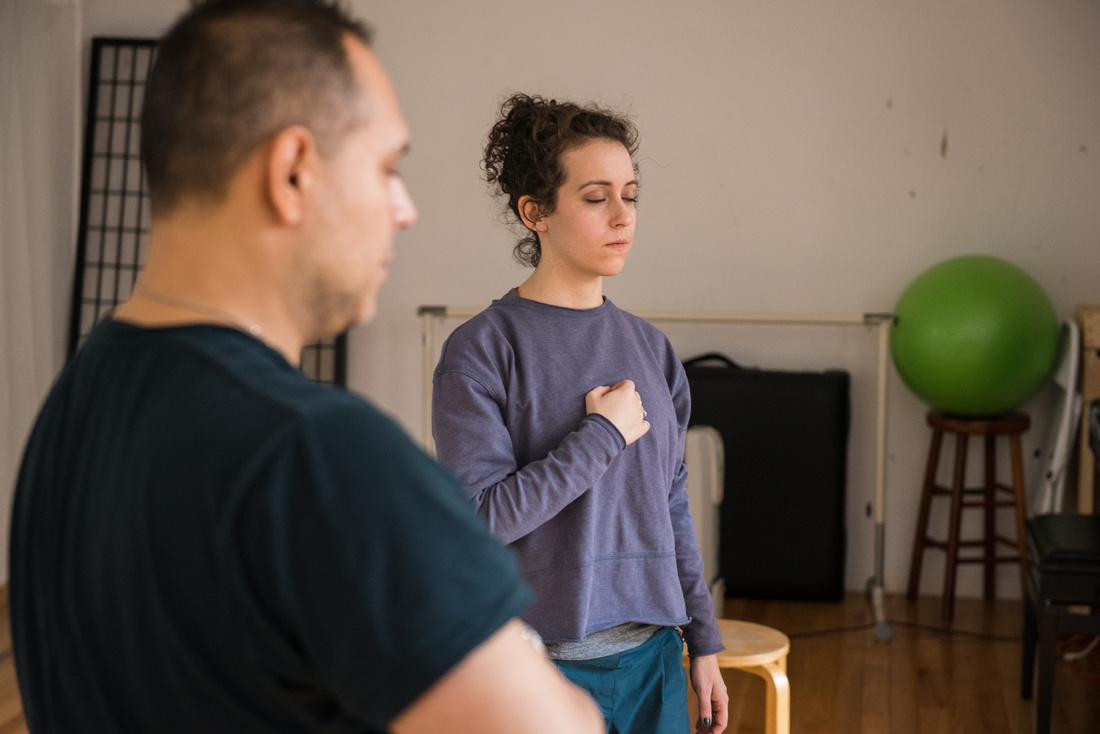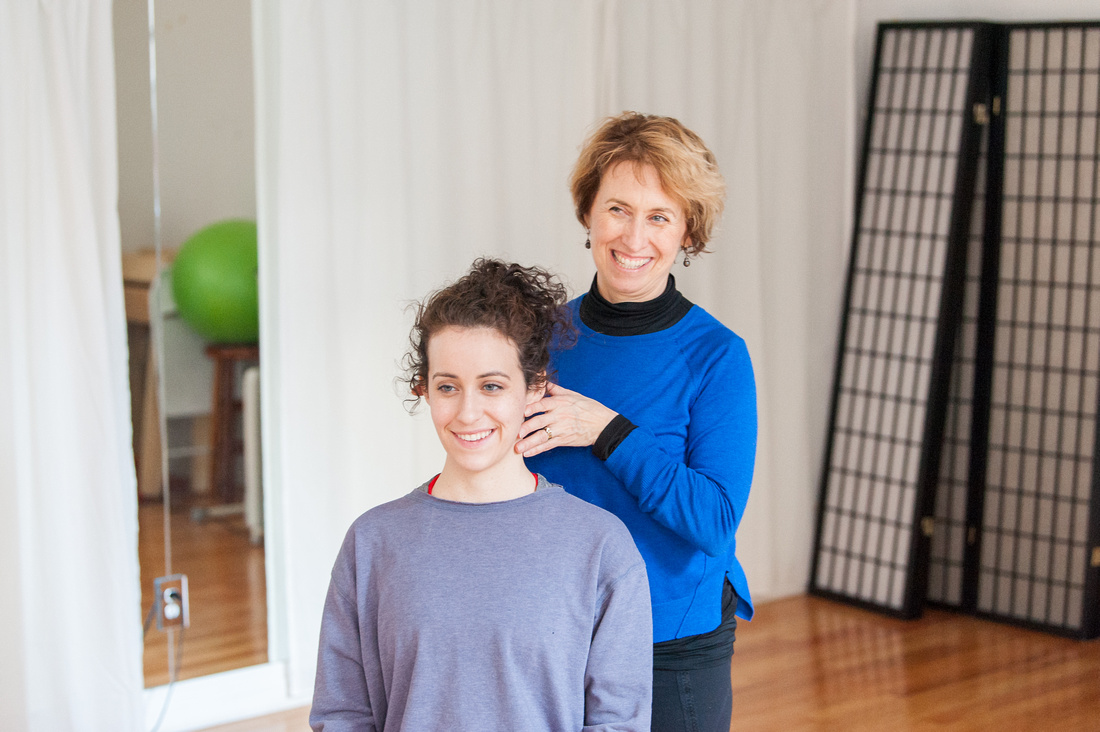
How You Move Matters
Free Alexander Technique Exercises, Tips, and Resources
Lively focus is a lively choice
What grabs your attention and what fades from view?
Bright sparkling lights can take over your focus temporarily, and then your interest moves on. But when something becomes a priority, everything else fades or blurs a bit. Even loud sounds, like fireworks, can become background if your attention is pulled elsewhere.
A person’s attention is changing all the time. Attention is subject to choice. While it’s hard to maintain a singular focus that blocks out everything else, we can and do choose to place something in the forefront of our attention while letting other things be in the background.
In today’s Margolis Method class, we worked with primary and secondary focus as a theatrical tool. In other words, what do I want the audience to recognize as is the most important aspect of my character’s experience? In any given circumstance, what is primary and what is secondary?
Even if you are not an actor, this is a question you are dealing with all the time when you are trying to communicate something complex. Priorities are chosen. Often conflict occurs when there is a disagreement about primary versus secondary priorities.
Applied to nervous anticipation, changing your primary focus can reduce your stress. Instead of letting your nervousness take front and center of your attention, can you make it a secondary or background issue? Can you bring something of more practicality or even of pleasure into your primary focus?
Exploring your options starts with a pause. Open up your senses to what is around you. Use your peripheral vision or widen your scope of listening, try smelling or staying with what you are tasting a bit longer for the subtle undertones.
What do you find in the background (or secondary field of attention) that you would like to bring into the foreground of your attention?
Try this AT Motion experiment:
Primary/Secondary focus walk
Walk A: Take a walk in a familiar place. Start to notice the sounds around you. As you walk let listening and sensing be your primary focus. You might tune into the noises of the city or overheard conversations. The sounds might evoke awareness of your other senses. You will still be aware of decisions your will make about direction in space and your coordination - but let that be secondary. Let listening and sensing be primary.
Walk B: Now make a switch. Instead of focusing on listening and your senses, let your spatial choices and coordination be primary. Use Alexander’s self-directions for springing into expansion, UP and OUT into space. Let your freedom of motion be directed upward and outward. Let our energy support the upward freedom with downward support. Walk with that vertical dynamic. Include the dynamic of volume. Let your opening into width and depth be supported by a strong inward support (your core). Now let the swinging of your arms and legs bring flow into your stride as your choose your pathway or route. Coordinating with spatial direction is primary but you will still be aware of what you are taking in through your senses - but let that be secondary.
Notice the differences in your experiences in walks A and B.
Notice change.
Physical Gesture Exploration: In Life and On Stage
Gesture.
You've probably used gestures already today. With the flick of your hand, with the twist of your back or the flare of a nostril… you communicated your intentions very clearly. And in return, these gestures informed you about how your feelings, keeping you honest - at least to yourself.
Have you ever discovered that your shoulders are rising up to your ears while watching a very intense, suspenseful show — and then thought “wow, I guess that really got to me”? For most of us gesture happens before we realize that we are doing it. But at times we consciously select a gesture, like a gentle tap to let someone know “I’m with you”. We use gesture to articulate in an embodied way, distinct from using words.
I've been thinking and reading about gesture this month. Gesture and movement in theater has always fascinated me and driven my work. But the honesty and simplicity of the everyday gesture is on my mind as well. As I'm embarking on a three week exploration of impulse and gesture (see my Thursday group class for Actors), I thought I would offer up a self-study experiment in gesture and embodiment. Anyone can try this -- it's not just for actors!
Here’s an experiment to play with today while you are walking down the street.
Part 1: Observe all the different ways that the people around you are using their shoulders. If you could put words to the gestures, what are they saying?
Part 2: Experience your own shoulders, sensing tension, sensing lift or droop, pulling or shaping to the front or to the back? Asymmetry? What ever you are doing, do it more - exaggerate. Do words or images come to mind? Does this exaggerated gesture remind you of a feeling or emotion? Do you want more or less connection with other people? Slowly do less of your shoulder gesture. How does it feel to let some of it go? Consider completely letting go of your shoulder gesture? What might you lose? What might you gain?
Part 3: Take a little risk. Ask for your easy and expansive coordination: Let your neck muscles release holding your head, so that your head balance is fluid and lighter. Let your neck muscles release holding your shoulders so that your arms can swing more easily with your stride. Let your senses take in the area you are in or the street you are waking down. What thoughts and words are you expressing with this way of moving? What impulses do you feel connected with? What would happen if you used this open and easy shoulder gesture while interacting with the next person you meet?
PS Let me know how this goes!







